40+ Tips To Help Pet Parents Better Communicate With Their Dogs
There are countless benefits of having a dog. The furry creatures offer unconditional love, loyalty, emotional support, and an unlimited amount of cuddles, especially when you’re feeling down. People might leave you, but dogs will stay with you for as long as they live. Worldwide, there are more than 450 million pet dogs, which just shows their popularity in households.
Having a dog requires a lot of patience, time, and plenty of understanding on the pet parent’s part. Dogs don’t communicate verbally, and it is easy for both parties to misinterpret each other, which can lead to hurt feelings.
Lucky for you, there are various ways to prevent this from happening. Here are 41 hacks that can make communicating and understanding your dog a lot easier.
#1 Not giving treats at the right time
Giving treats to pets is not as easy as most people think. Specialists say that treats should be given when the dog is calm, and it’s important to give them only when the dog is sitting or lying down patiently waiting.
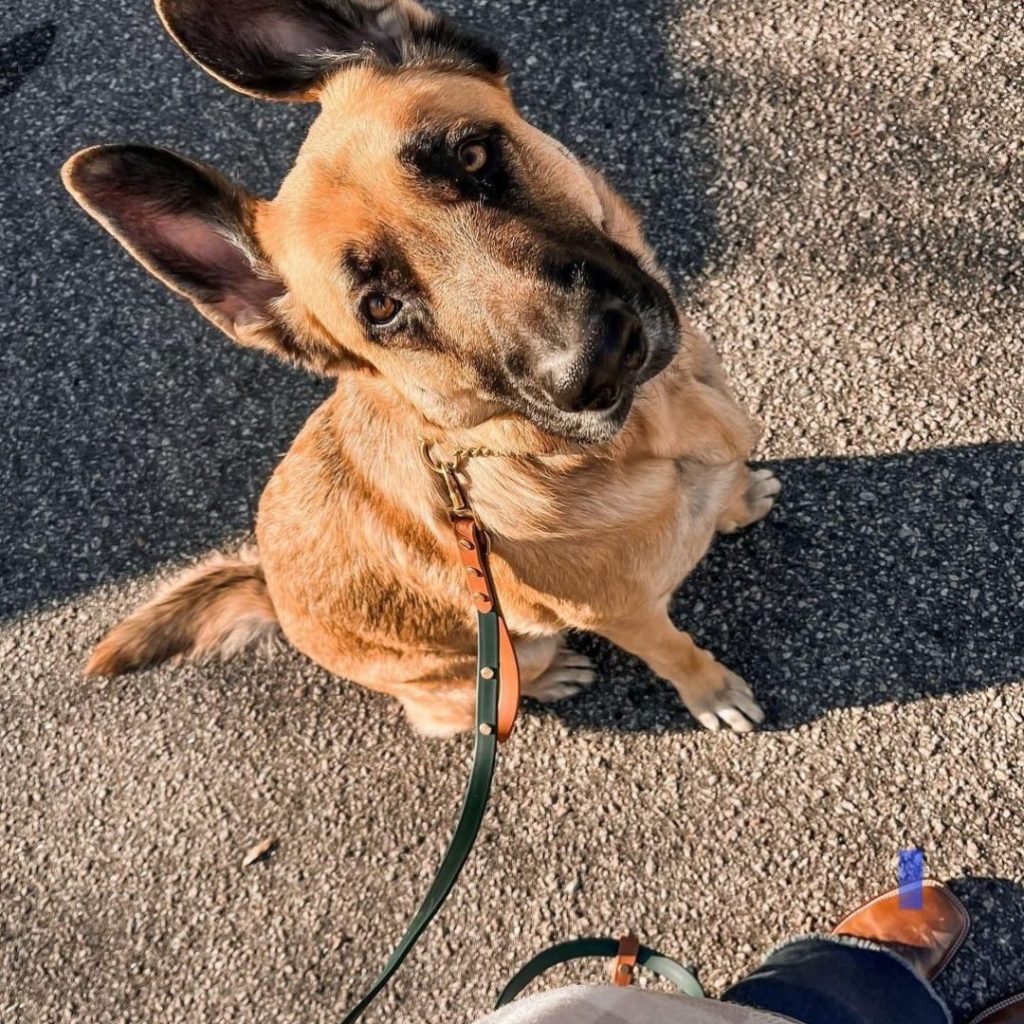
One thing not to do is to give treats during mealtime, as treats should never replace regular and nutritious meals. The lesson here is to not give it too soon. But don’t give it too late either; wait a few minutes after their meal to give them a delicious treat.
#2 Leaving your dogs for a bit
One of the most heartbreaking things for pet parents is leaving their doggos at home while they go to school, work, or on vacation. It’s a hard truth that must be dealt with because some places don’t allow dogs on their premises.
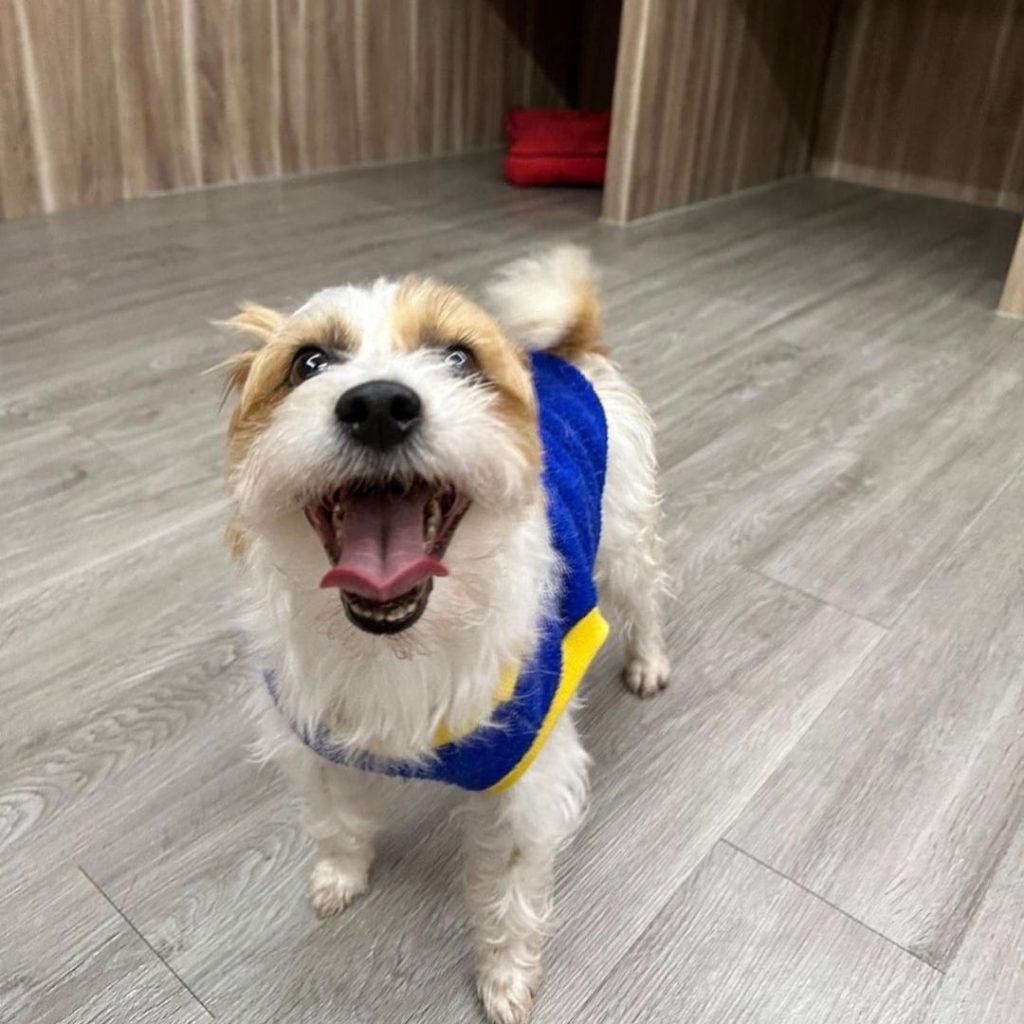
Being left alone at home makes our furry friends feel abandoned because they don’t understand work or school. To them, being left alone is being abandoned, even if only for a few hours. Humans must understand that dogs don’t have any sense of time, and they have no idea when their humans will be back.
#3 The low growl
As adorable and loyal as dogs are, they can sometimes be possessive, especially when it comes to their favorite humans. Contrary to what most people think, dogs don’t always bite someone right away or show their sharp teeth every time they are not pleased.

The low growl is something every pet owner must be familiar with. The sound is a warning to back off and is a signal that the dog doesn’t like sharing his food or toys, or humans. When you see a dog doing this, back away slowly.
#4 The meaning of howling
Dogs howl to announce their presence, get attention, or make contact with other dogs. No, howling doesn’t always have anything to do with horror, creatures not of this world, and a foreboding of something evil or bad. That’s reserved for fiction.
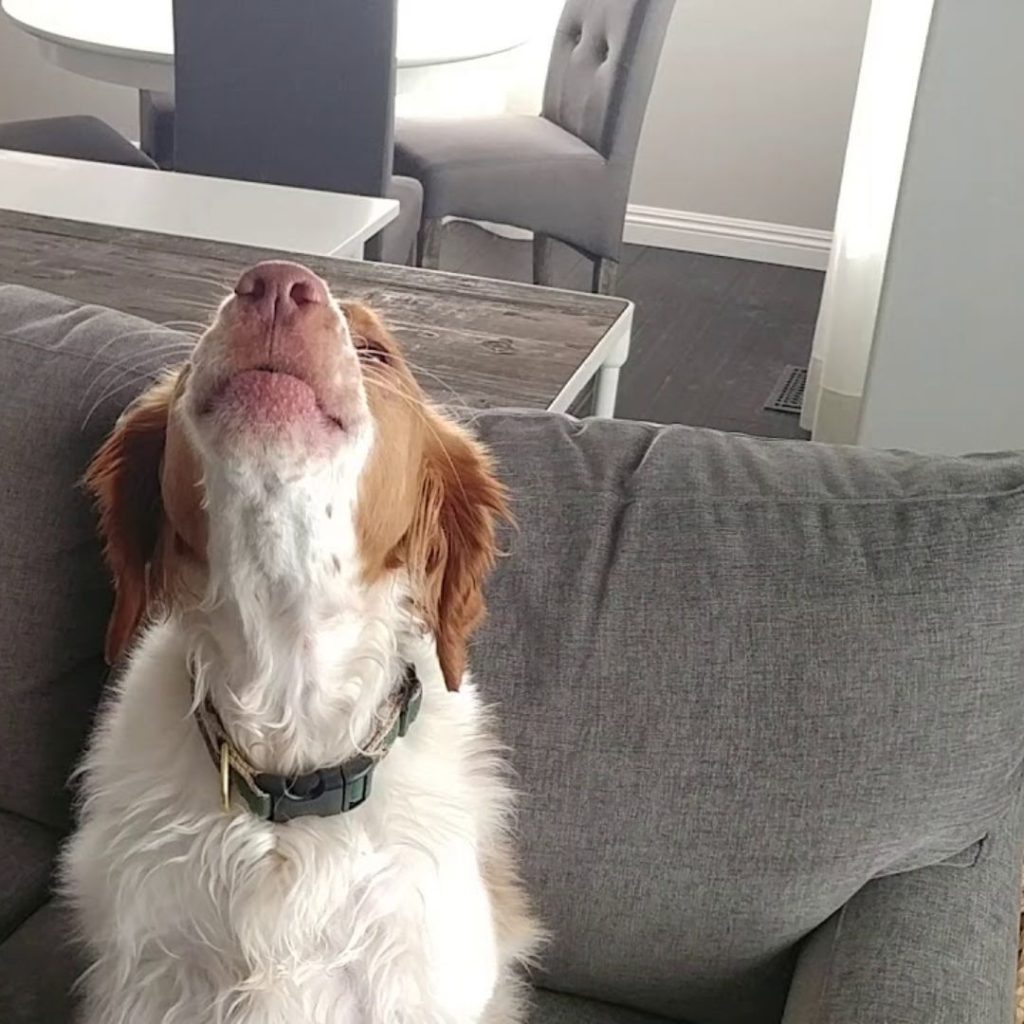
At times, howling also means that there is something that annoys your furry friend to no end. What is it? You’ll have to get out of bed to investigate, but don’t be surprised if it’s something silly, like the smell of citrus fruits such as oranges and lemons.
#5 Sleeping on the stomach
Dogs have the weirdest sleeping positions; some are cute, while others can be quite alarming to those who are not familiar with what these sleeping positions mean. The lion’s pose and the tummy sleeper are positions that have a few similarities.
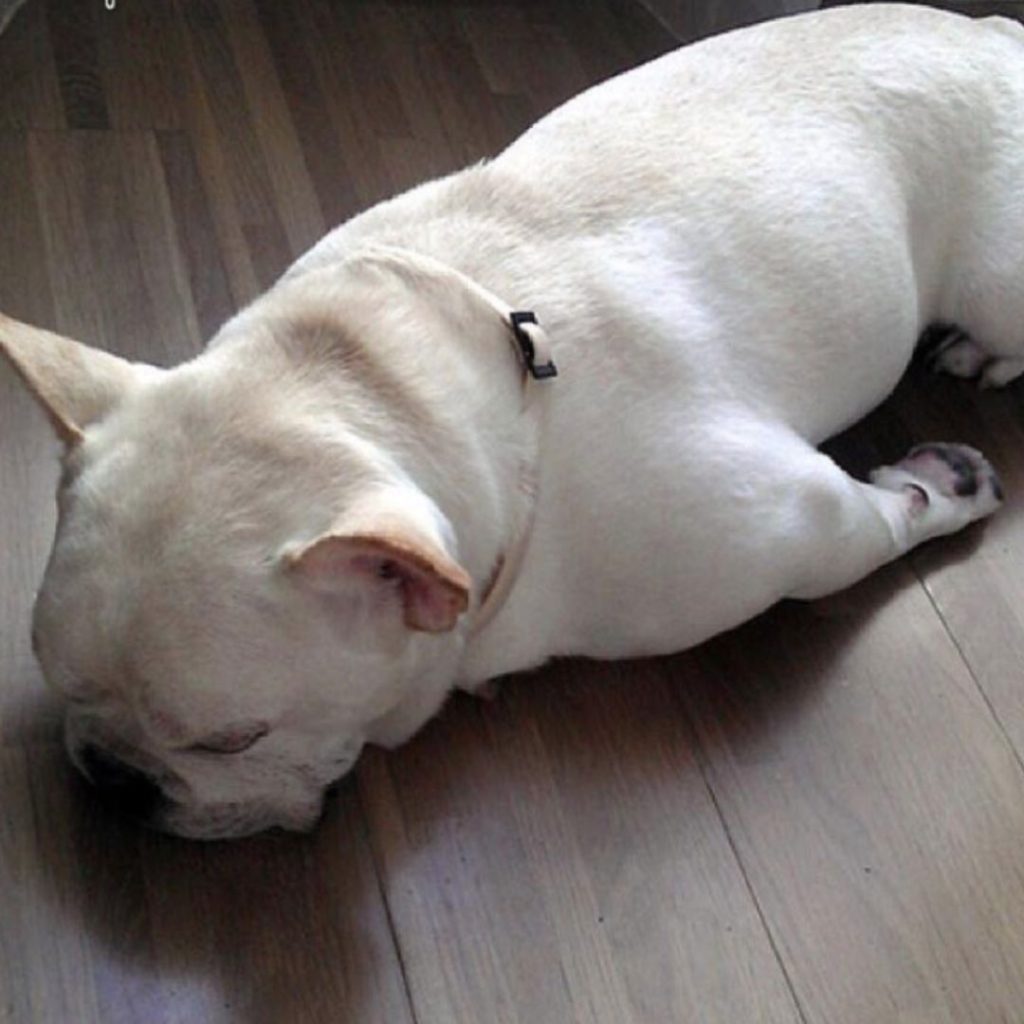
Most dogs sleep on their tummies when they feel hot, and they want to adjust the temperature by lying on a cold surface. However, vets say that this is not the most ideal sleeping position because the little fellows can end up struggling to get the right amount of rest.
#6 The right amount of exercise
Just like us humans, canines need exercise too, and the recommended daily exercise for dogs is from 30 minutes to 2 hours. Some dogs may need more exercise than others. But the truth is that no one likes being confined to the four walls of the home – not even dogs.
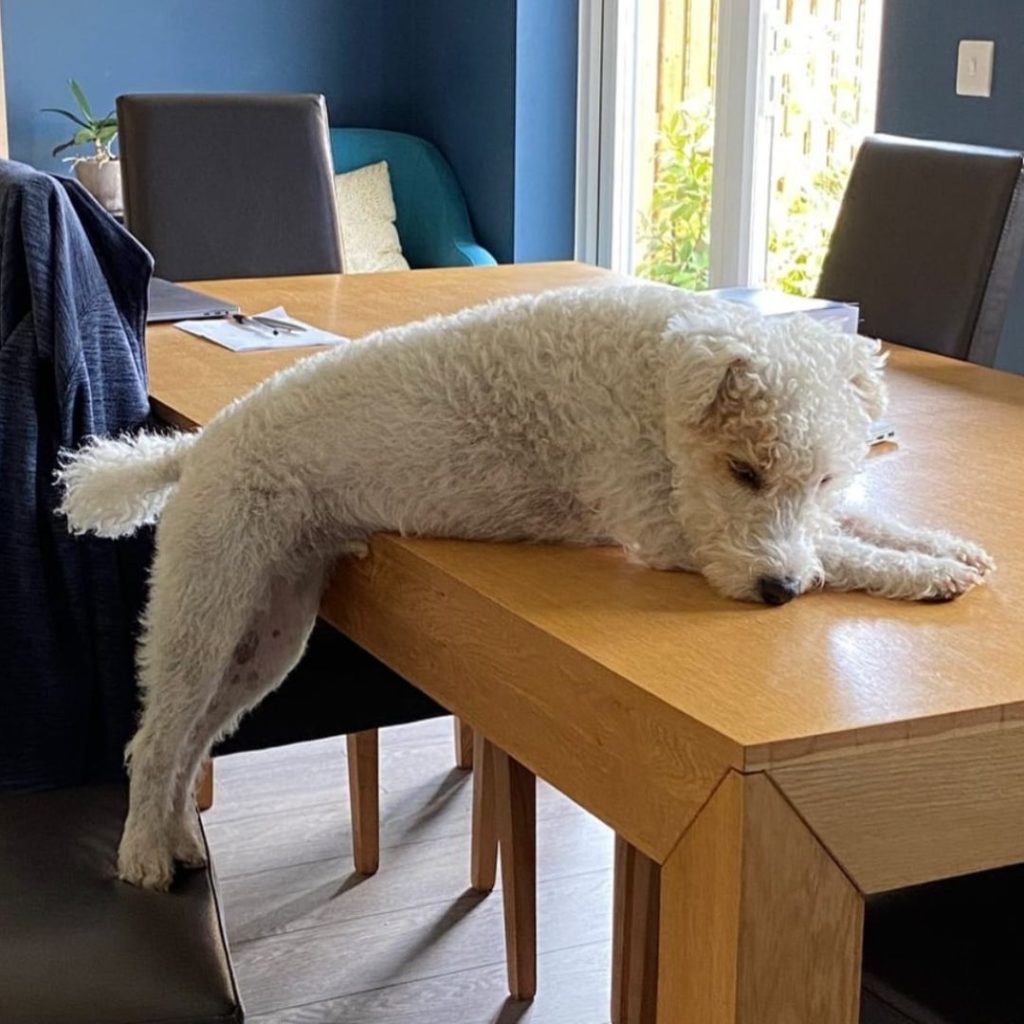
Sometimes, it’s not the amount of exercise that matters but the quality. A good way to make sure that your doggo is entertained and has an outlet for his energy and for you to bond together is to go on a walk, even if just for a few minutes.
#7 Side-sleeping pooches
In addition to the sleeping positions we have discussed previously, we also want to talk about side-sleeping dogs. Should you be worried if your dog likes to sleep on its side? The truth is that there is no need to worry; everything is fine.

Dogs sleep on their side because they are feeling relaxed and comfortable, which explains why this position is so popular. In this position, they expose their vital organs, and their legs are extended. This also means that they feel safe in their environment.
#8 Rules that can be bent or broken
Rules are there for a reason. They are not to be bent for anyone, and they are not to be broken by anyone, and the same thing applies to dogs too. If you don’t want to confuse your dogs, you must be firm on the rules.
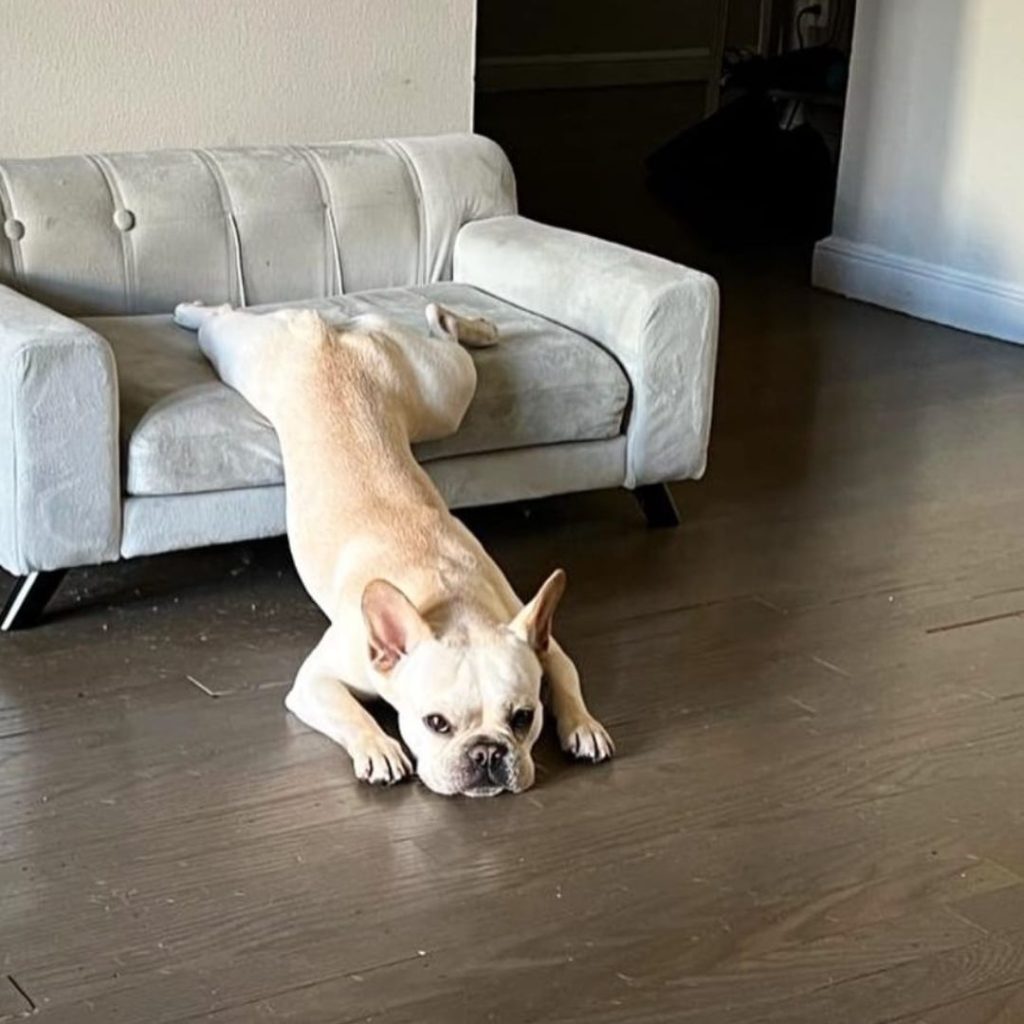
You can’t allow them to go on the couch one day and then simply let them jump on the couch the next. If you do that, you’re not establishing boundaries effectively. On top of making dogs misbehave, being inconsistent will also stress them out.
#9 Knowing they bark
Owners need to be aware that barking doesn’t always mean that there is something stressing your dog out or upsetting your pooch. Listen closely to the bark, so you know exactly how to react and won’t confuse your dogs in the process.
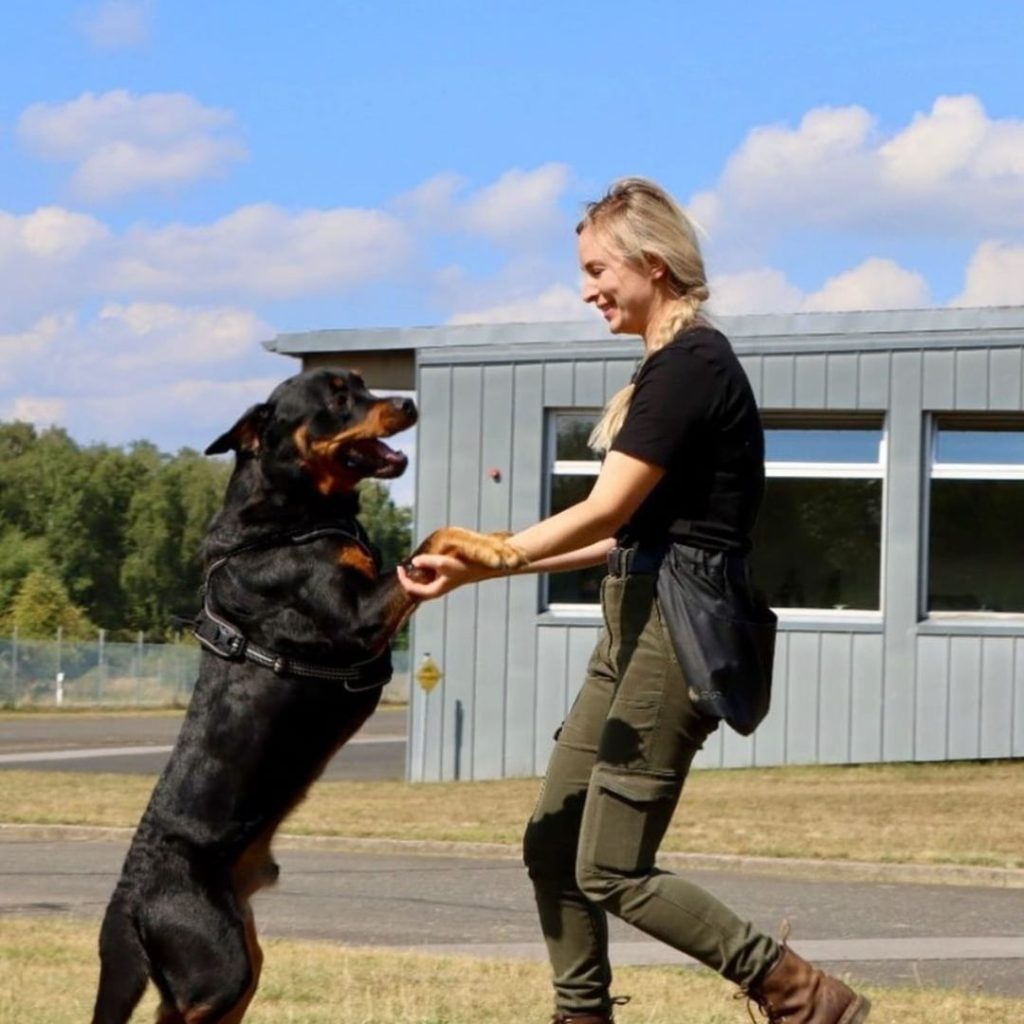
A bark that starts low and rises slowly means that they want to have fun and play with you. The higher the pitch of the bark, the more excited they are to play with you. Your dog is not threatened by anything, so don’t worry.
#10 Understanding puppy eyes
We’ve all seen puppy dog eyes, whether personally or in the movies, and it is one of the cutest eyes known to humankind. It’s difficult to resist puppy eyes even when humans copy them because the movement makes the eyes look larger and the face a little babyish.

It’s important to understand what puppy eyes mean so you don’t get confused, and you don’t confuse your dogs in return. When your dog shows you their puppy eyes, that’s its way of telling you just how much they love you and trust you.
#11 Chasing tails
Dogs have countless playful antics, and one of them is running in tight circles to chase after their tails. It’s funny, but what does it mean? Younger dogs chase their own tails because they have no knowledge that the tail belongs to them, and that’s a little cute.
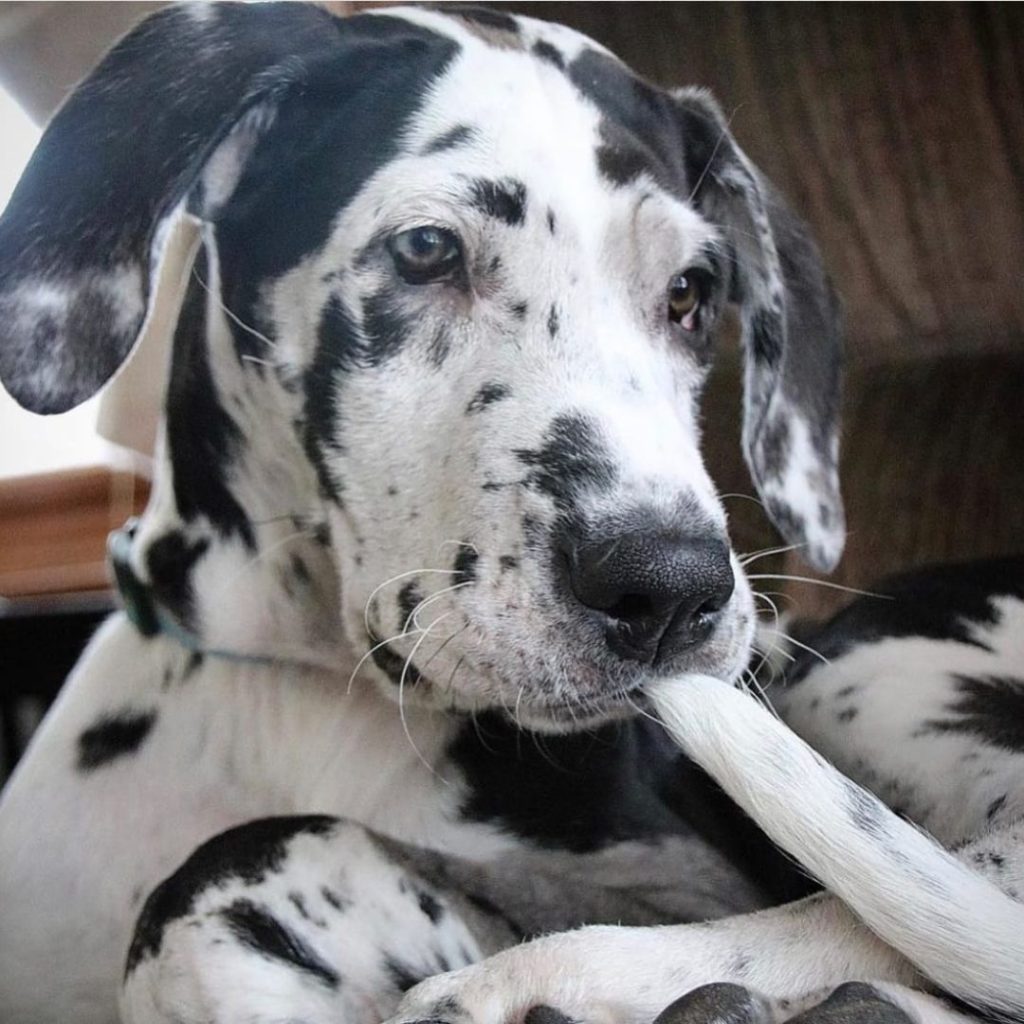
However, it’s not a laughing matter if it’s an older dog doing it. This means that the dog is bored and weary because of being left alone for extended periods of time. Make sure your dog has an outlet for all its pent-up energy, such as exercise and a walk in the woods.
#12 Changing your smell often
Dogs’ brains use most of their time making sense of the world around them through smells. Dogs have over 100 million sensory receptor sites, and humans only have 6, hence why a dog’s sense of smell is much better than humans.
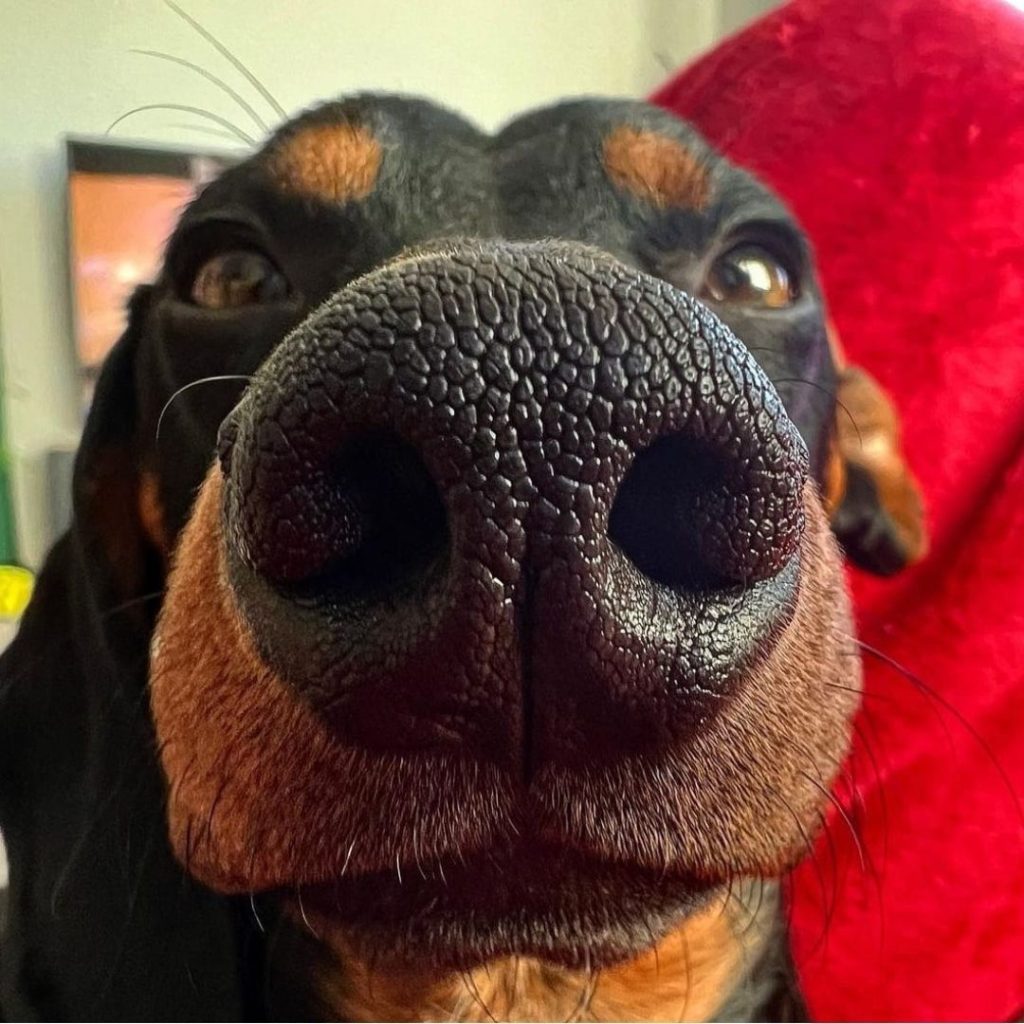
This is also the reason why pet parents shouldn’t change their smell often, as it leads to a lot of confusion for pooches. They might even have a hard time telling you apart from the stranger on the street, so stick to your regular perfume.
#13 Allowing your dog to nip your hand
Dogs may nip your hand when they are in a playful mood, and most pet parents don’t have any issues allowing their pets to nip their hands. However, this can lead to confusion in dogs as they don’t know the difference between nipping and biting.
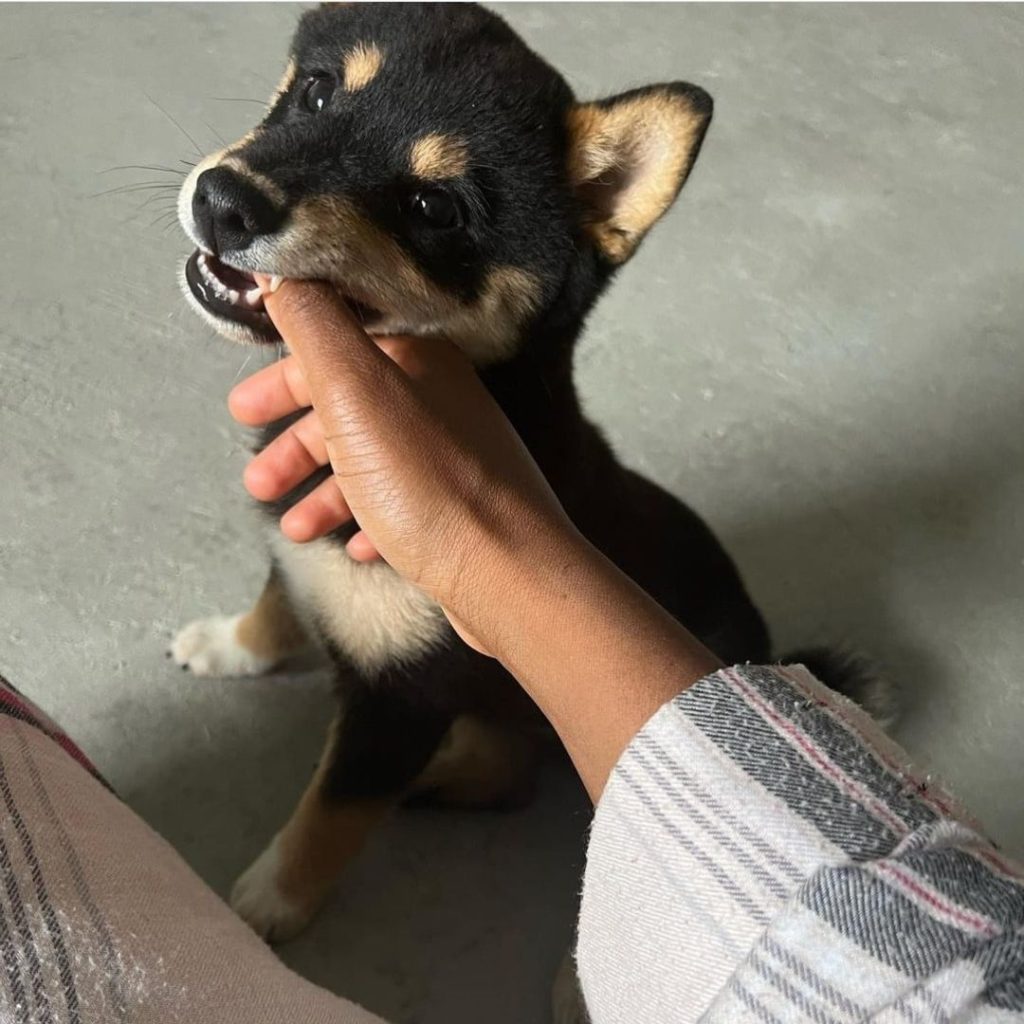
To them, as long as a hand is freely given, they can do anything with it – even bite it. This means that when kids try to pet your dog, it can bite them, and that’s something you want to avoid as much as possible.
#14 Sleeping back-to-back with other dogs
In yet another installment of peculiar dog sleeping positions, we are here to explore the back-to-back sleeping position. This is similar to the cuddler sleeping position; the only difference is that your dog sleeps back-to-back with another dog and not with a human.

In its simplest form, this position indicates that the dog loves and trusts the other dog. They are so comfortable with each other that they have no issues getting too close to one another. That’s incredibly cute, don’t you think?
#15 The proper way to deal with stressful situations
Stress affects not only humans but also pets. A few signs of stress in dogs are whining or barking, pacing or shaking, panting, shedding, and changes in body posture. Some situations that lead to stress in dogs are fireworks and loud noise.
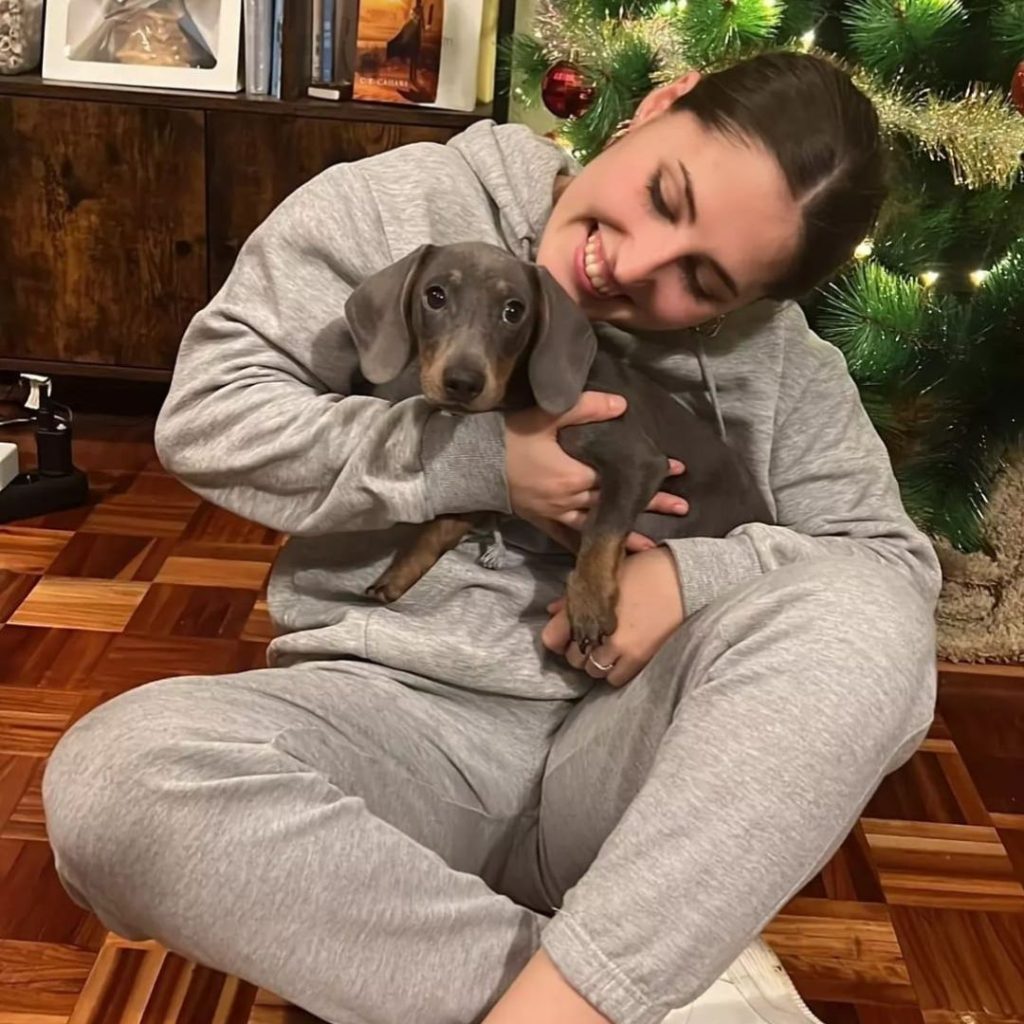
It’s imperative for pet parents to know how to handle dogs that are stressed, and one way is to never whisper positive phrases because this will lead them to think it’s a good thing to be scared. This might even encourage such behaviors.
#16 Being too handsy for comfort
Being too handsy or putting your hand too much in front of your dog’s face can lead to confusion and create more problems down the road. People usually extend their hands for dogs to sniff. However, there are times when dogs interpret this differently.
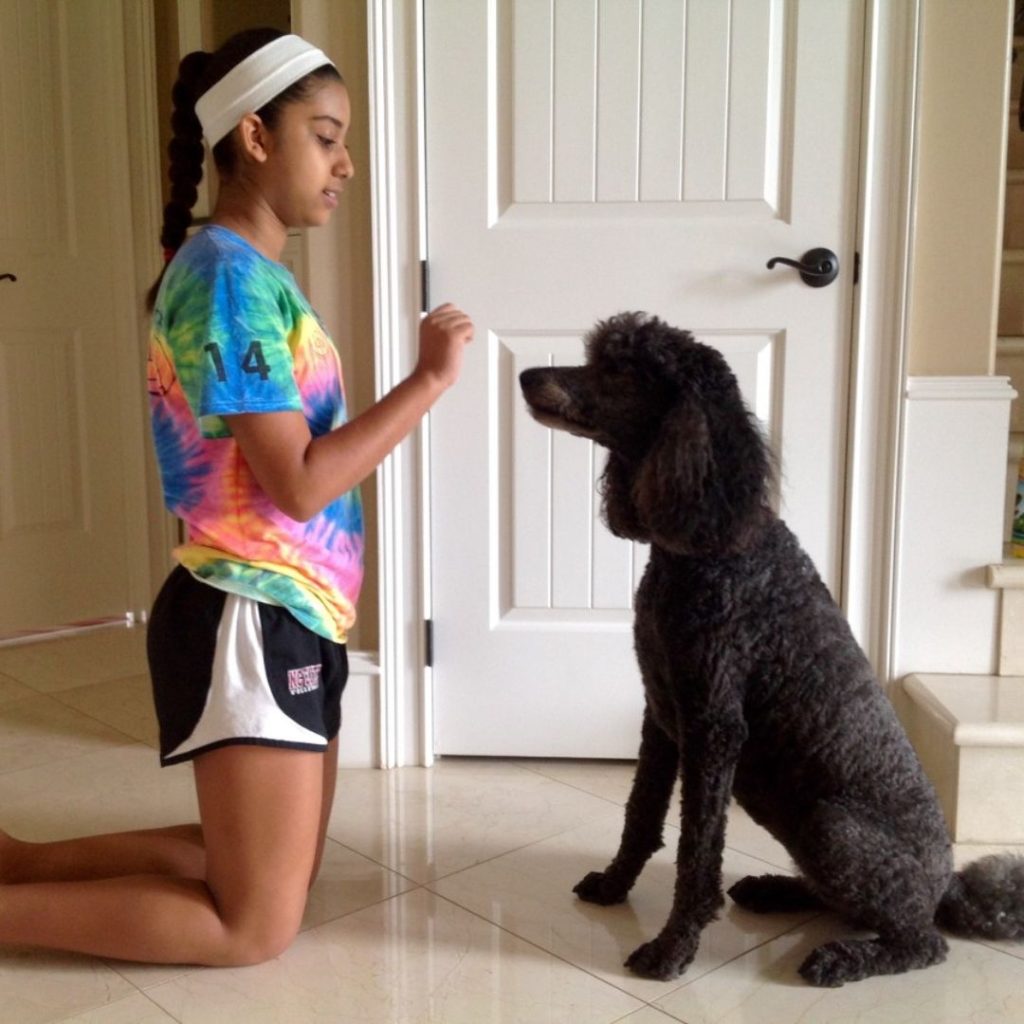
They may see this as a threat or something negative, and you could end up backfiring. You could end up getting your hand bitten at the very least, so be careful where you put your hands. Remember that dogs are descendants of wolves, and although they are domesticated, they still have the propensity to bite.
#17 Sleeping with their legs spread
Dogs are the most adorable creatures when they sleep, and some of the positions they assume while drifting off to dreamland are funny, while others are just plain confusing to humans. What does the open-leg sleeping position even mean, anyway?

If your dog is sleeping like the little fellow in the photo above, it only means that it is comfortable and it trusts the people around it. Otherwise, why would it assume such a vulnerable position where it can easily get hurt?
#18 Not letting things go
When you become a pet parent, especially to a dog, you need to understand that it’s ok to get upset for a few minutes, but you also need to let things go. You can’t dwell on your dog’s past unsavory behavior forever.

Unlike humans, dogs don’t hold grudges, so you should also act the same towards your dog. Holding on to grudges will confuse your dog, especially if it has been some time, because it won’t understand what is making you upset.
#19 Making sense of your dog’s high ears
Whenever your pooch is curious, you’ll notice that its ears go up. If something gets their attention and piques their curiosity, you’ll most often see them tipping their ears in that specific object’s direction. But what if your dog has a relaxed tail and open mouth?

An open mouth is the symbol of relaxation, so you need not worry about your pooch being cautious or being on high alert. If your dog exhibits all the three things we mentioned, it’s relaxed and there’s nothing troubling at all.
#20 Choosing the right name
Choosing your doggo’s name is both an art and a science. You can’t choose random names, and it seems that certain names must be avoided if you don’t want your dog confused. Steer clear from names that sound a lot like “no,” “heel,” or “sit.”
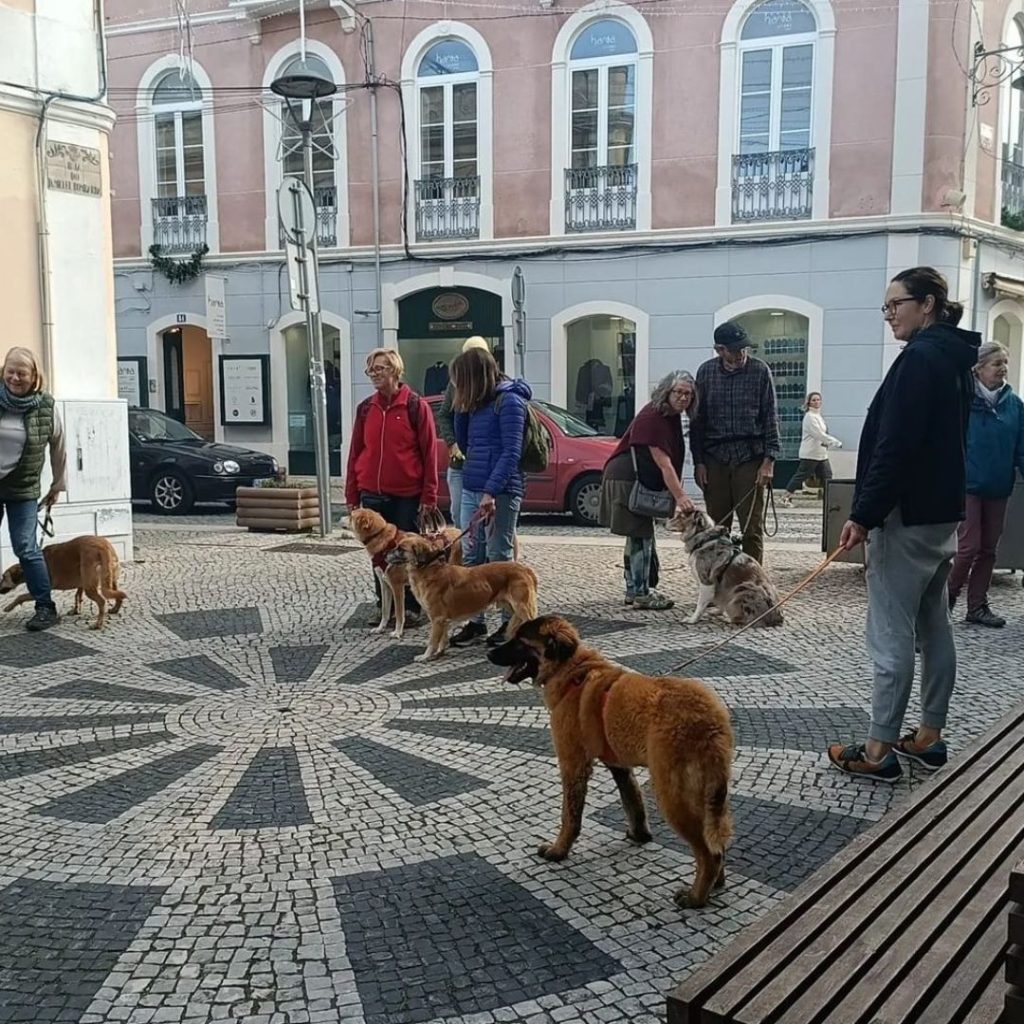
They are confusing to the dogs because they may think that you are asking them to do something instead of calling them. Don’t pick a complicated-sounding name, either. Your best bet is to pick a name with two syllables that end in a vowel.
#21 Dealing with dogs other than yours
Not all dogs are alike, and several factors lead to this outcome, including training and environment. What works for your dog might not work for other canines, so be careful when it comes to dealing with dogs other than yours.

The strange dog might be trained in other ways compared to your dog, and the hand gestures you use on your dog might have another meaning to other dogs so you can’t expect the same results and outcome. The best you can do is to be careful and stay away.
#22 The language of gift giving
As much as we would like pooches to communicate with us verbally, they don’t have the capacity to do so, and that leaves pet parents guessing what their dogs want to say most of the time, and it’s quite challenging.
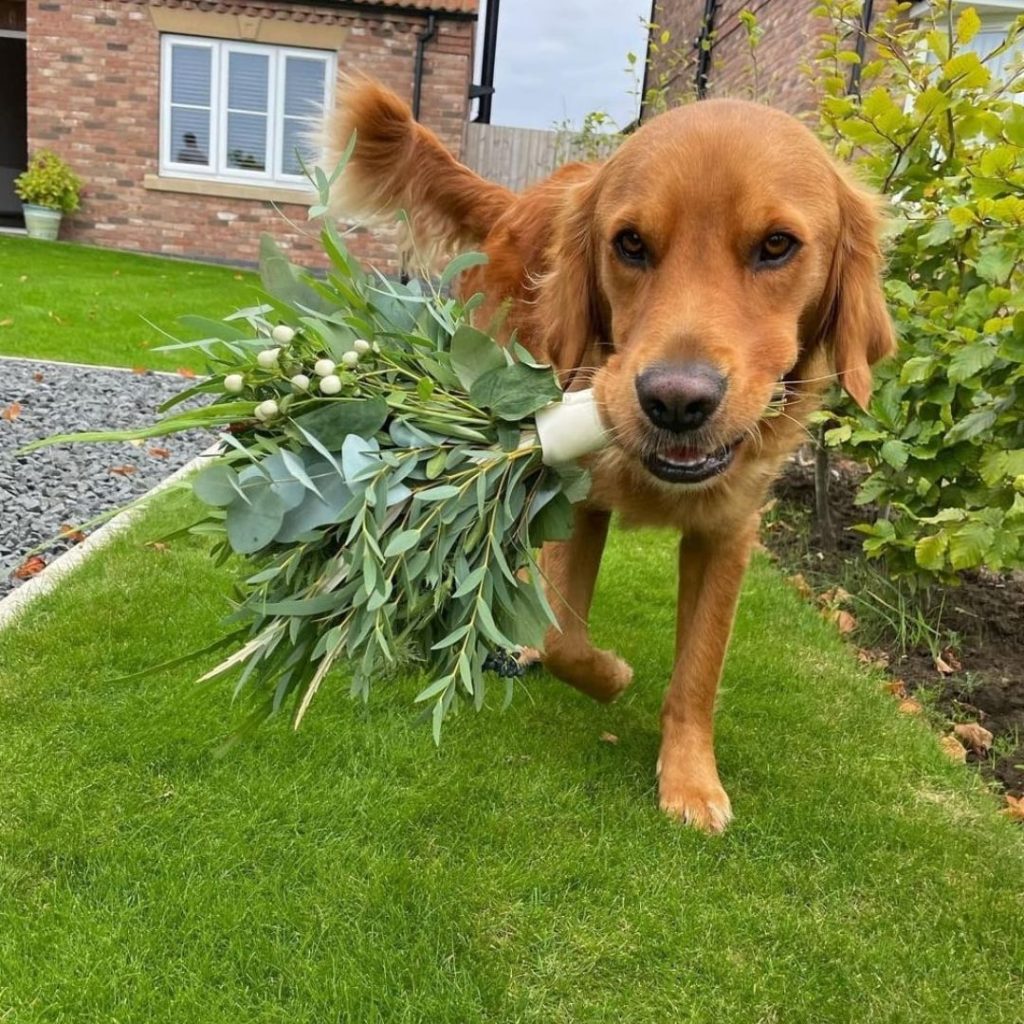
One of the many ways dogs show their love is by gift-giving – but don’t expect fancy and expensive presents. Dogs get their gifts from the backyard most of the time, and they can range from small dead animals to other detritus.
#23 The squint of love
Humans squint when the sun is in their eyes or when there is something in their eyes. However, that is not the case for dogs. When you notice your dog staring at you and squinting, consider yourself lucky, for you just got the look of love.

Weird as it may seem, that is one of the many ways they communicate their feelings to their pet parents. As long as the squinting is done with a relaxed posture, you’re on the safe side. If your dog doesn’t paw at its eyes, it’s nothing but a sign of affection.
#24 The fox sleeping position
Another common sleeping position dogs love very much is the ‘fox.’ This is a curled-up position where dogs’ paws are tucked underneath them. Their tail is also around themselves creating a distinct ball shape. But what does this sleep position mean?

It means that your dog is trying to conserve its body heat and protect its limbs and organs while drifting off to dreamland. This also means that you need to get your dog a blanket, as it might be too cold for them. Or maybe you can turn the heater up.
#25 The act of snarling
Snarling is when a dog lifts its lip to show its bare teeth just before the act of biting or growling. Dog owners need to understand that snarling is a sign of aggression and not of play. It’s not a signal for you to go pet or play with the dog.

If a dog is snarling, avoid it and don’t go near it unless you want some of your fingers to end up missing. Snarling dogs are not in a happy or good mood. Play or getting pranked is the last thing on their minds, so just give them some space.
#26 Before hugging your dog
Should you give your dogs a hug? Do they even like hugs as humans do? We have to disappoint pet parents all over the world, but it seems dogs are not fans of hugs. When you try to hug them, they don’t understand that you’re trying to tell them you love them.

Some dogs might feel trapped, and that’s scary. Before you give your dog a hug, make sure that you understand what they feel like. Most dogs just accept or tolerate hugs, but because they don’t hug one another, they don’t recognize the behavior as affectionate or positive.
#27 Things to consider before pointing
Pointing is something dog owners must be careful with. Don’t use it in multiple contexts, or your pooch will get confused. If you are pointing to emphasize ‘no’ or to forbid them from doing something, don’t use it to point out something positive.

This will confuse your dog and even hurt its feelings in the process. You have to be clear and well-intentioned. Pet parents must keep in mind that pointing out to highlight a mistake is not a good strategy, and you need to be extra cautious with it.
#28 Tug-of-war is not all fun and games
The game of tug-of-war promotes impulse control and confidence in dogs. It can also promote the bond between dogs and their pet parents. However, a simple and innocent game of tug-of-war can end up with serious consequences, but most people don’t even take that into account.
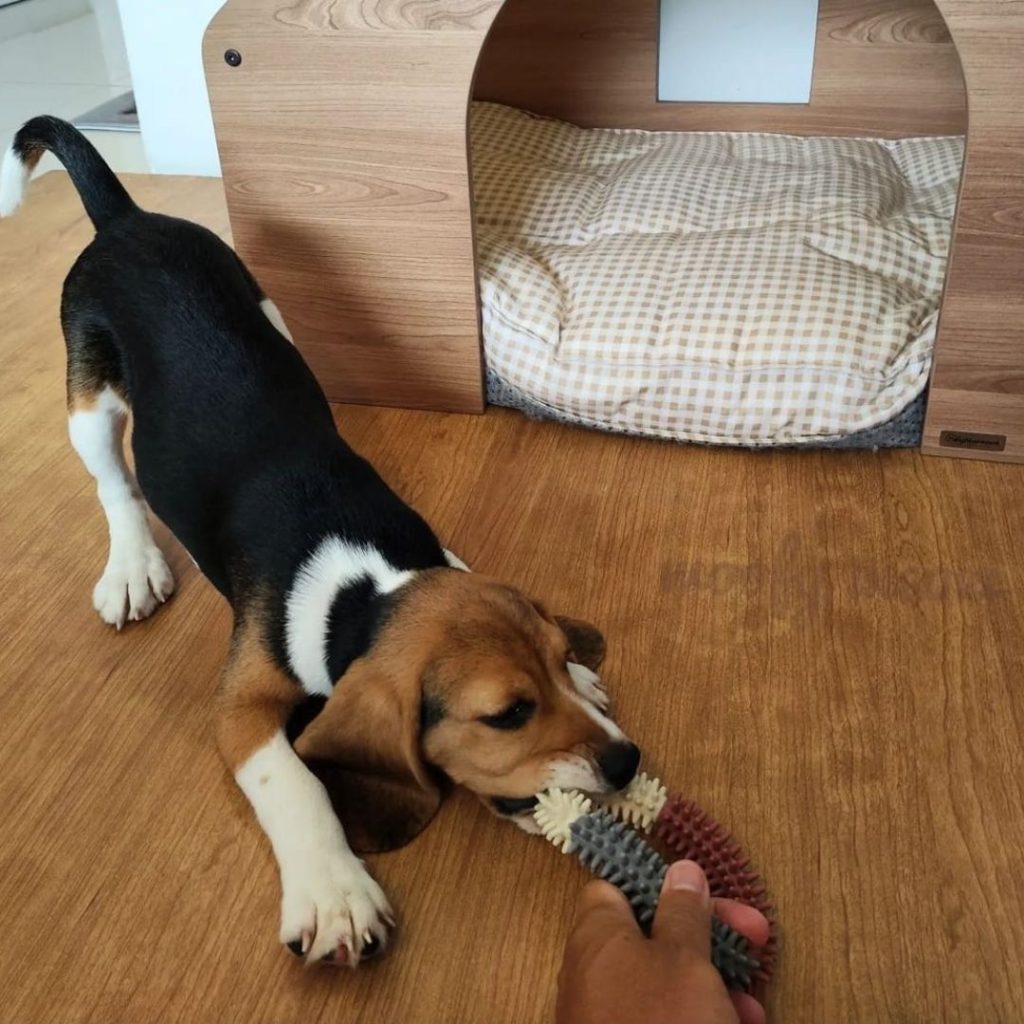
The trick here is to reward your pooch when he tugs the right things, such as toys and a rope, but not when they tug articles of clothing, such as ties, socks, and shirts. You could end up having to overhaul your entire wardrobe if he doesn’t use the right objects when playing.
#29 Obedience should have its rewards
A fundamental rule for dog owners to keep in mind is to reward obedience in pooches. If your dog doesn’t get anything in return for his obedience, he’ll start questioning if it even makes sense to follow your orders at all.
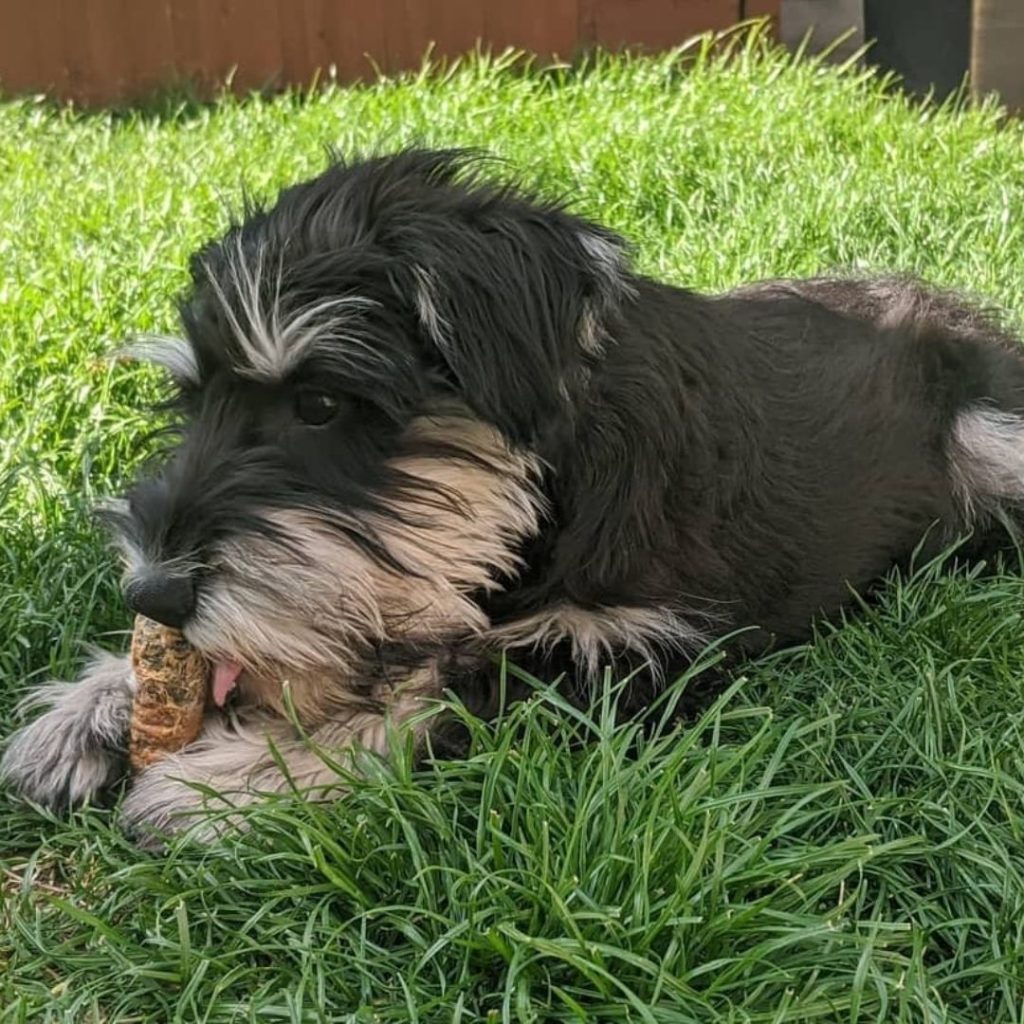
Positive reinforcement can include treats, petting, a toy, or praise. Most dogs tend to favor treats, especially during training, but you are allowed to experiment and see which one works best, as not all dogs are the same. Just don’t forget to reward them!
#30 Not letting them be
Dogs are dogs, and no matter how much we’d like them to be tidy, they just can’t do so. It’s not in their nature, and this is something that pet parents need to understand. If your dogs end up dragging something from outside to the interiors of the home, don’t get angry.
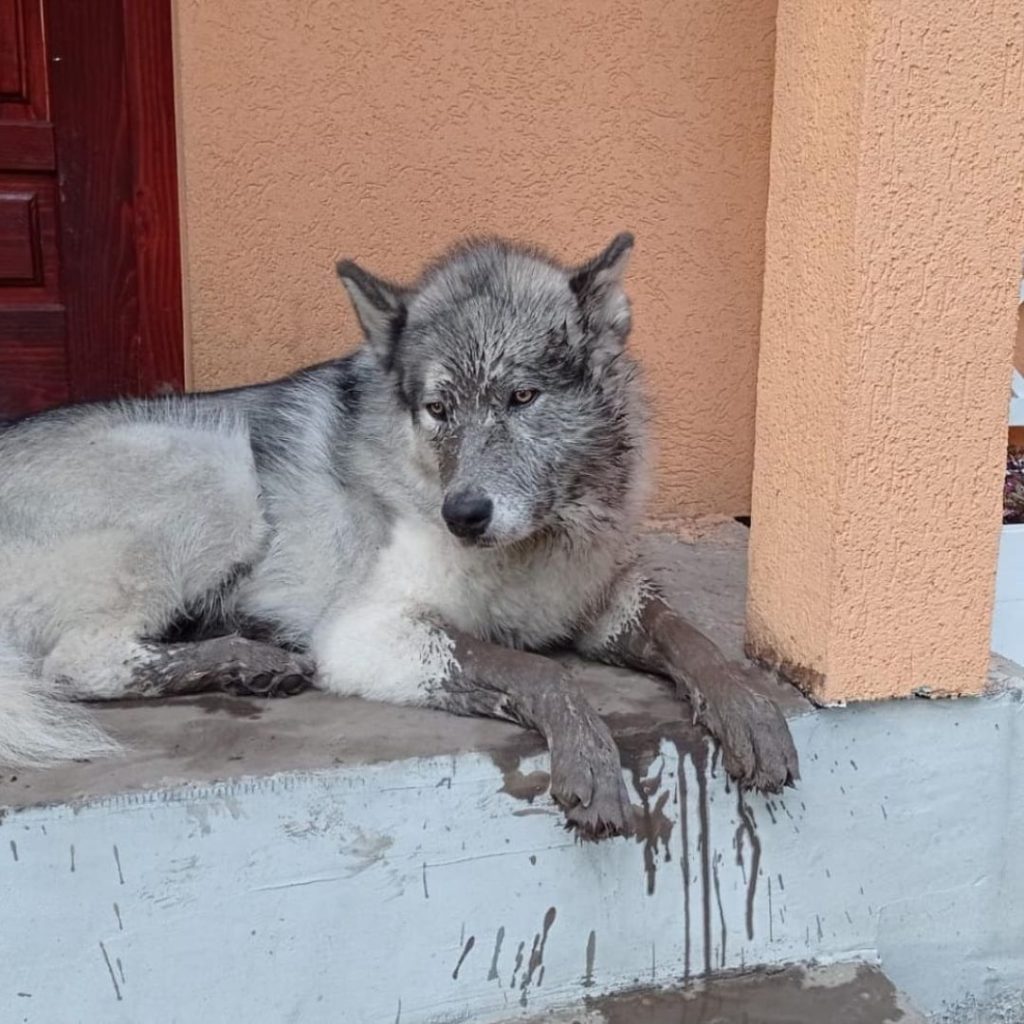
Yes, mopping and cleaning the house takes up your precious time and effort, but that comes with the commitment of having an adorable canine in your life. If you’re not ready for such a responsibility, then a dog isn’t for you.
#31 Dogs on alert
Dogs on alert tend to have a tense or forward body posture. In addition to that, they tend to have wide eyes, forward ears, and closed and tense mouths too. You’ll see their tail standing tall, and some may even wag.
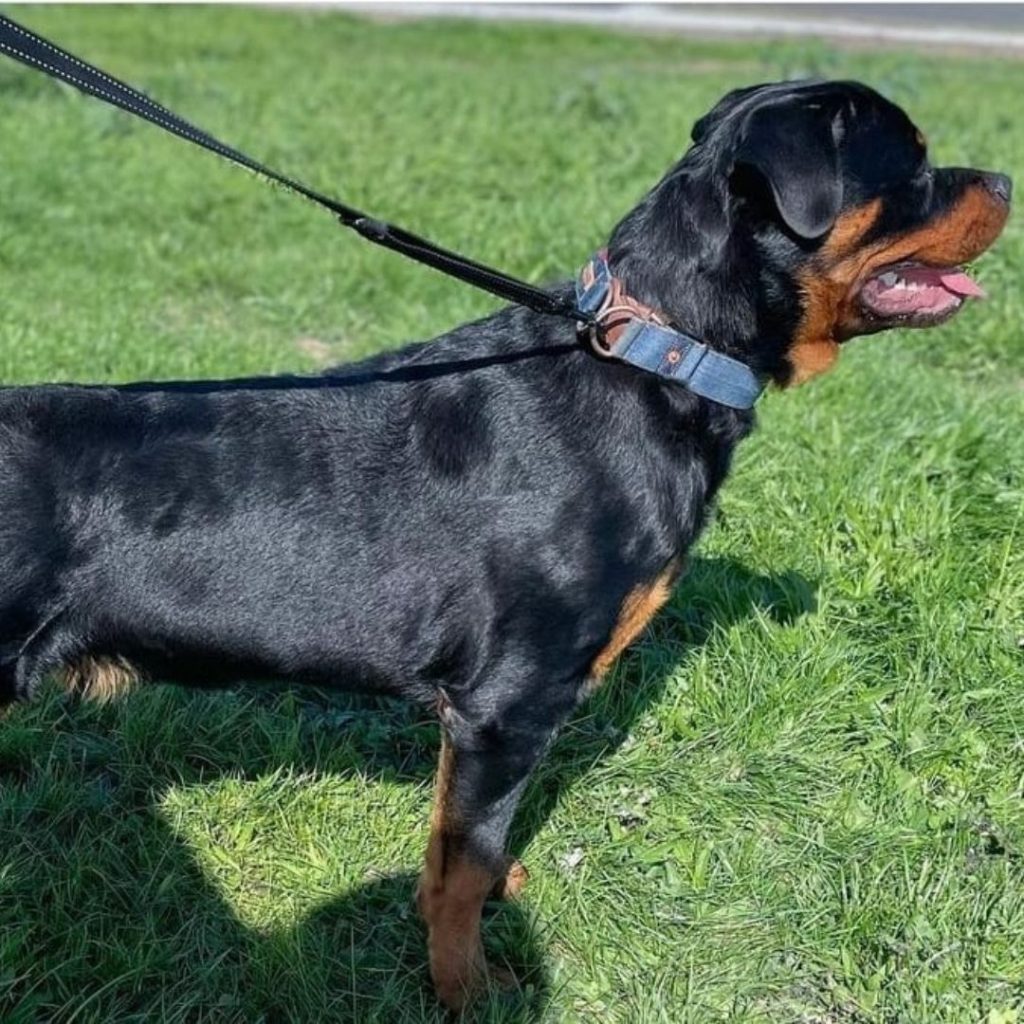
Dogs tend to be on alert when something catches their attention, and they want to find out more about it. Their ears are forward because they are trying to listen to specific sounds but as long as they are always walking around and feeling anxious, you have nothing to be concerned about.
#32 The Superman pose
Have you seen a dog sleeping with its legs stretched in front of its head and kicked back behind its butt and its belly pressed to the floor? That is the ‘Superman pose,’ also called a sploot. This position is common among playful and energetic dogs.

When your dog assumes this pose when snoozing, it means that it’s tired but still willing and ready to play when given the opportunity. This pose allows dogs to sleep quickly but still be ready at a moment’s notice. These dogs just don’t want to miss anything.
#33 Communication through butt sniffing
As gross as it may sound and look, butt sniffing is necessary for canines because it’s a way for them to communicate. A change in odor, no matter how small, can indicate where the dog went, what he ate, and what he has been doing.
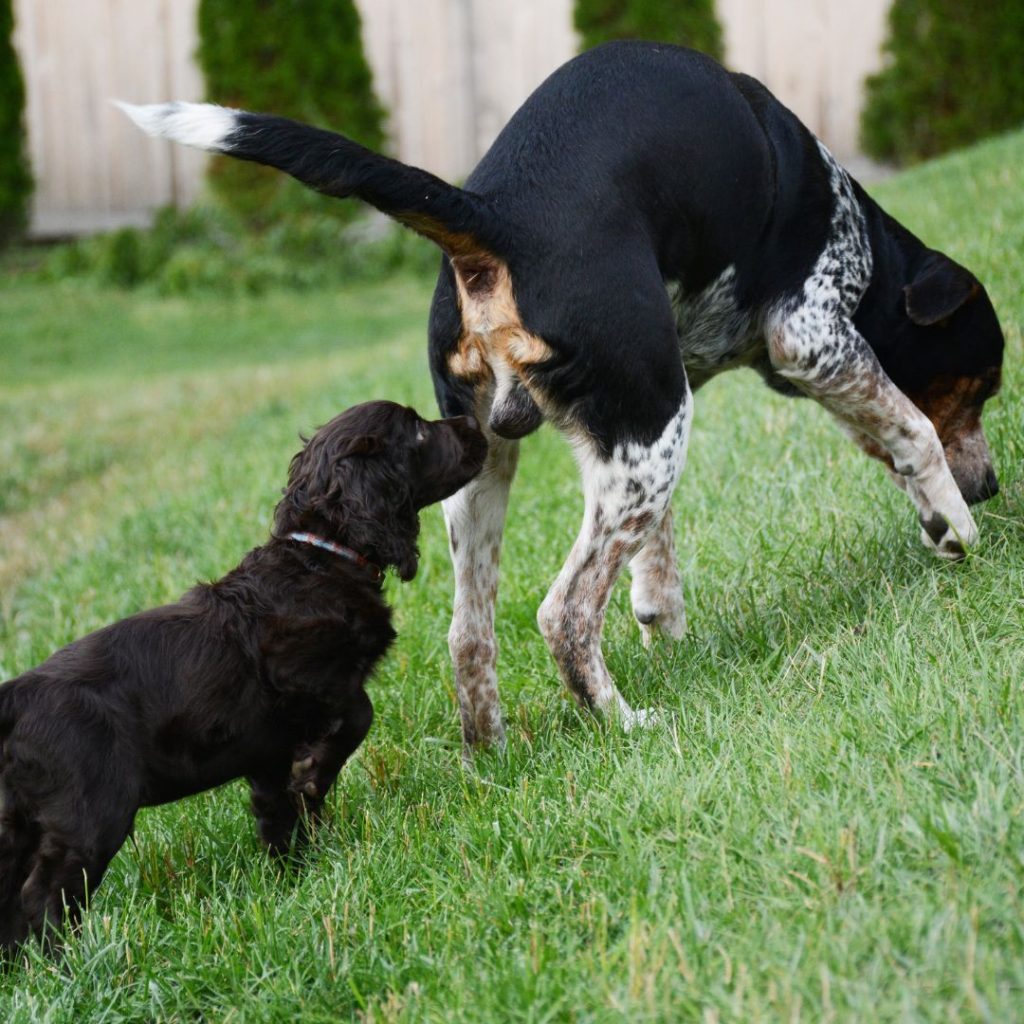
Aside from being a means of communication, butt sniffing is calming to dogs too. It soothes them and reduces stress levels. It is tantamount to shaking hands with humans and helps dogs decide if other canines are aligned with them or not.
#34 Giving doggos equal love
Although they may not be emotional beings such as little children, it’s still not ok to love one dog more than the other. Contrary to what most people believe, dogs can tell if you like other dogs better, and they may become depressed.

If you have more than one doggo, you need to treat them all equally. If you must give a treat to one dog, you need to give treats to all the others too. No dog must feel neglected or less loved. Just imagine how that must feel!
#35 Training your dog properly
Ask any dog trainer, and they will tell you that the job of training dogs is not a walk in the park. You need endless patience, effort, energy, and time. No wonder pet parents pay so much money to have their dogs properly trained.
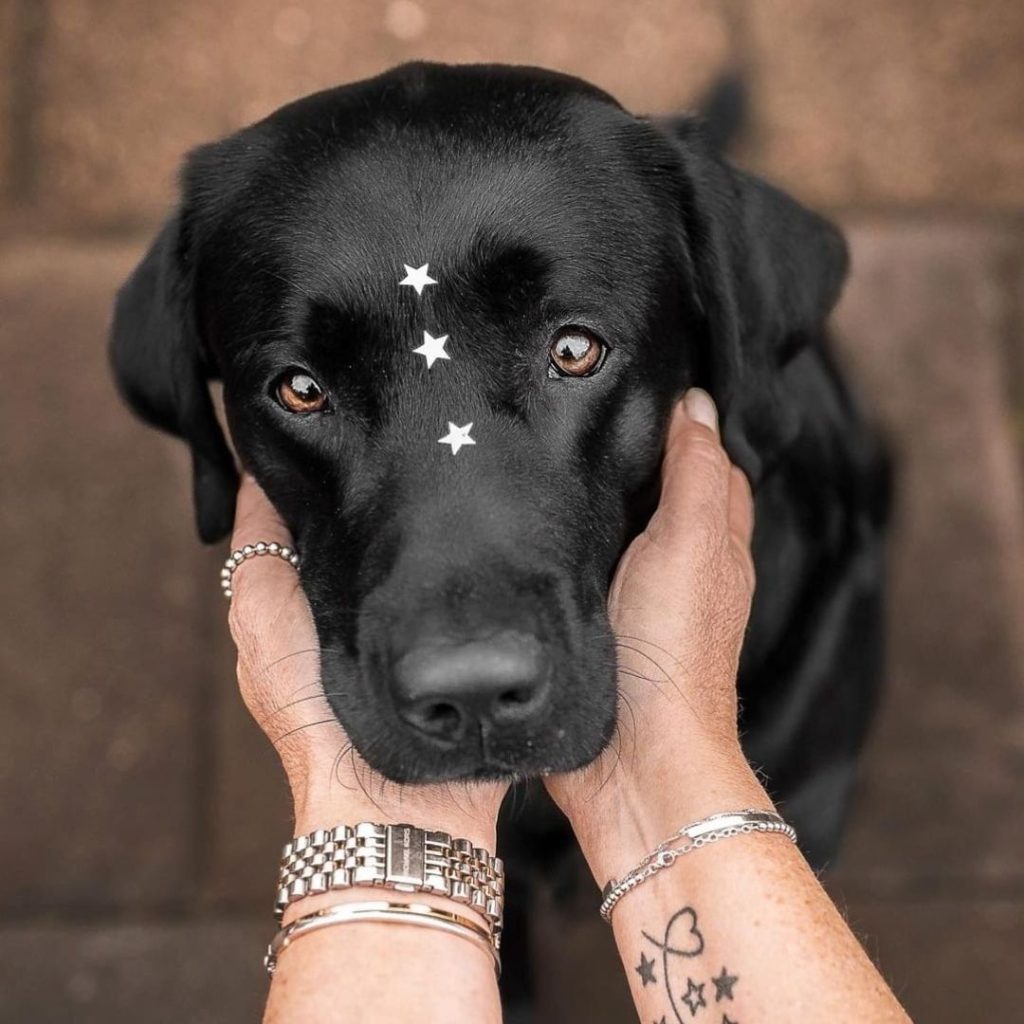
If dogs could speak, training would be easier, but alas, they can’t. Dog owners need to keep in mind that the same keywords must be used during training so as not to confuse our furry friends. If you use “potty” to mean bodily functions, use “potty” all the way, and don’t use other words.
#36 Know when your dog is exhausted
As much as we think of dogs as balls of endless and boundless energy, they still get exhausted. As a dog owner, it’s important to know when your dog needs a rest and when your dog needs a break. There are signs to look out for.
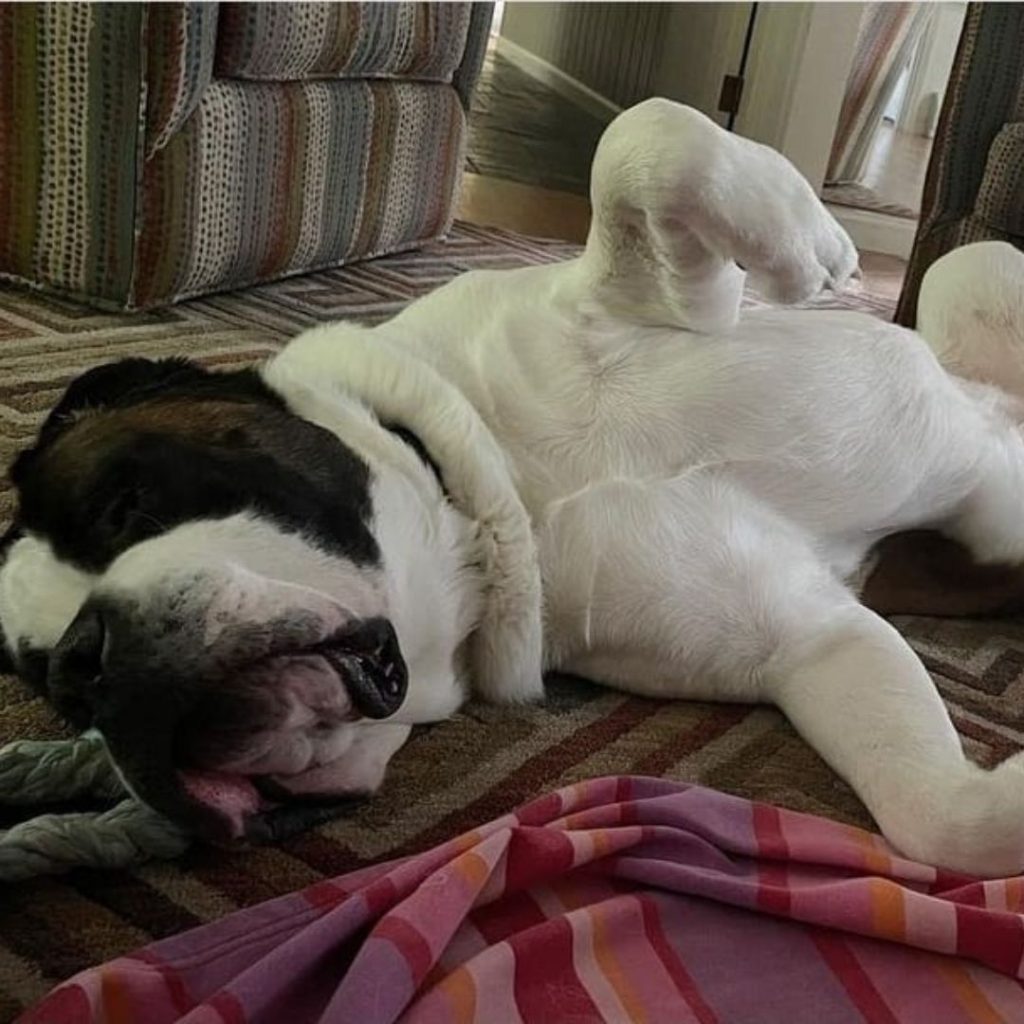
Some of the signs of exhaustion are incessant yawning, loss of self-control, lack of interest, overexcitement, and the most obvious: being passed out on its back. Give your doggo some rest if it does this, and it will be much happier afterward.
#37 Dogs seek approval
If you don’t know yet, let us clue you in: dogs seek attention and approval from their pet parents, who they see as their alpha. There’s nothing particularly wrong about seeking approval from time to time; what you need to worry about is when it’s no longer within reasonable limits.
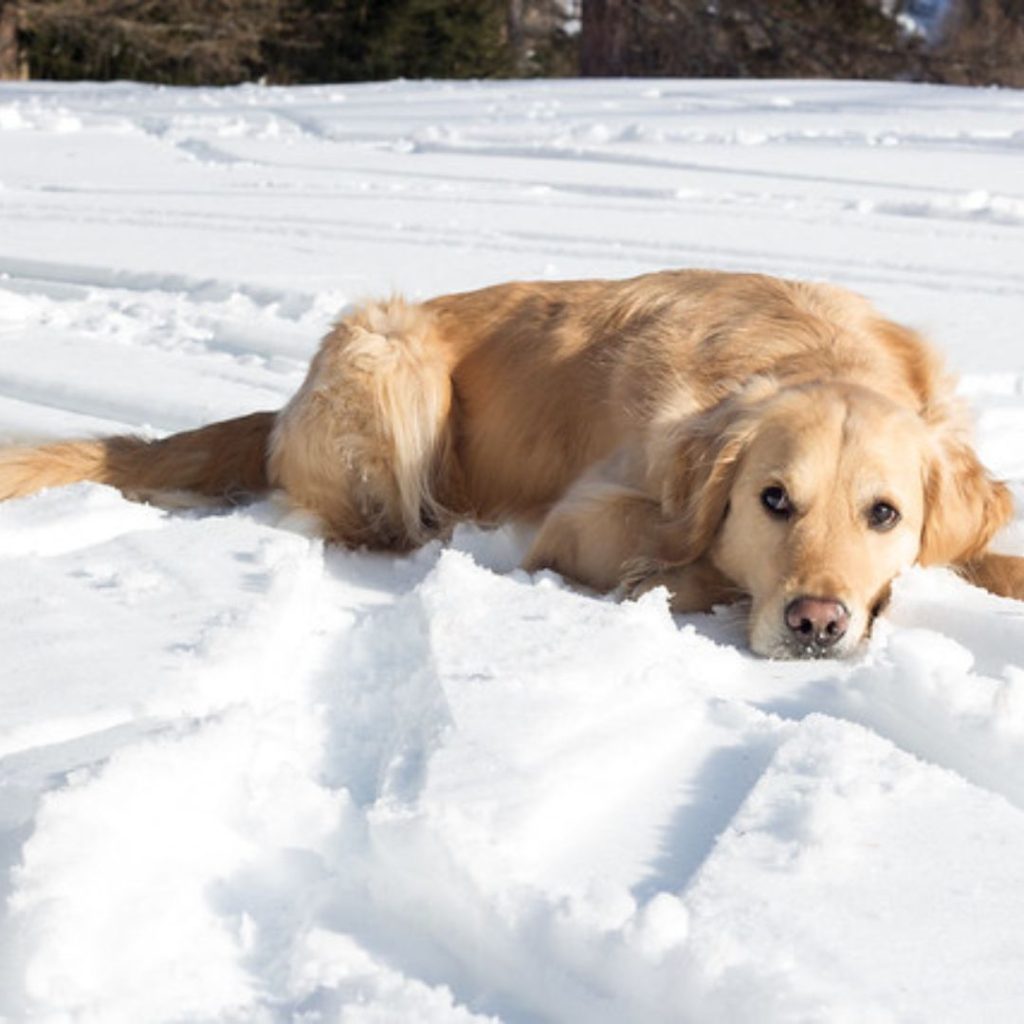
If your dog has been trained properly, it should be obedient, and you should notice if your dog is seeking your approval after obeying a given command. When it does that, you should reward your dog for a job well done.
#38 The floppy tongue
Is your dog’s tongue hanging out? Should you hurry to the vet or do something? No need to fret because this just means that your dog is relaxed and comfortable. As long as your dog’s tongue doesn’t loll to one side, your pooch should be ok.
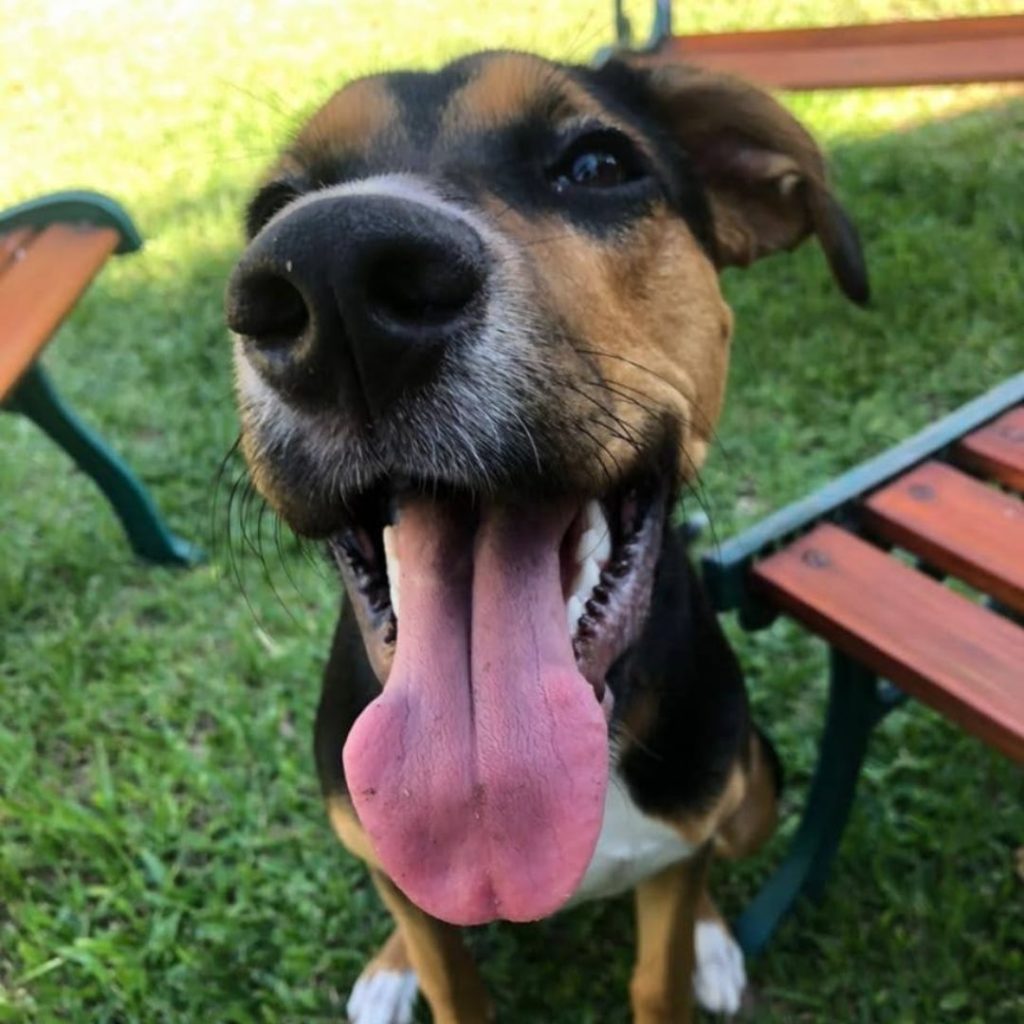
Other things to look out for that require immediate medical attention are trauma to the jaw or loss of the lower canine teeth. Also, take note that some dogs, such as the Pekingese, have tongues that are mostly too large for their mouths, so a floppy tongue is completely normal for them.
#39 Eating hacks
No, dogs don’t automatically know how to eat their food, and most of them don’t start eating as soon as you put their bowls down. Some dogs are picky and will spend some time sniffing the food, while others will wolf down what’s in front of them and look around for other sources of food.
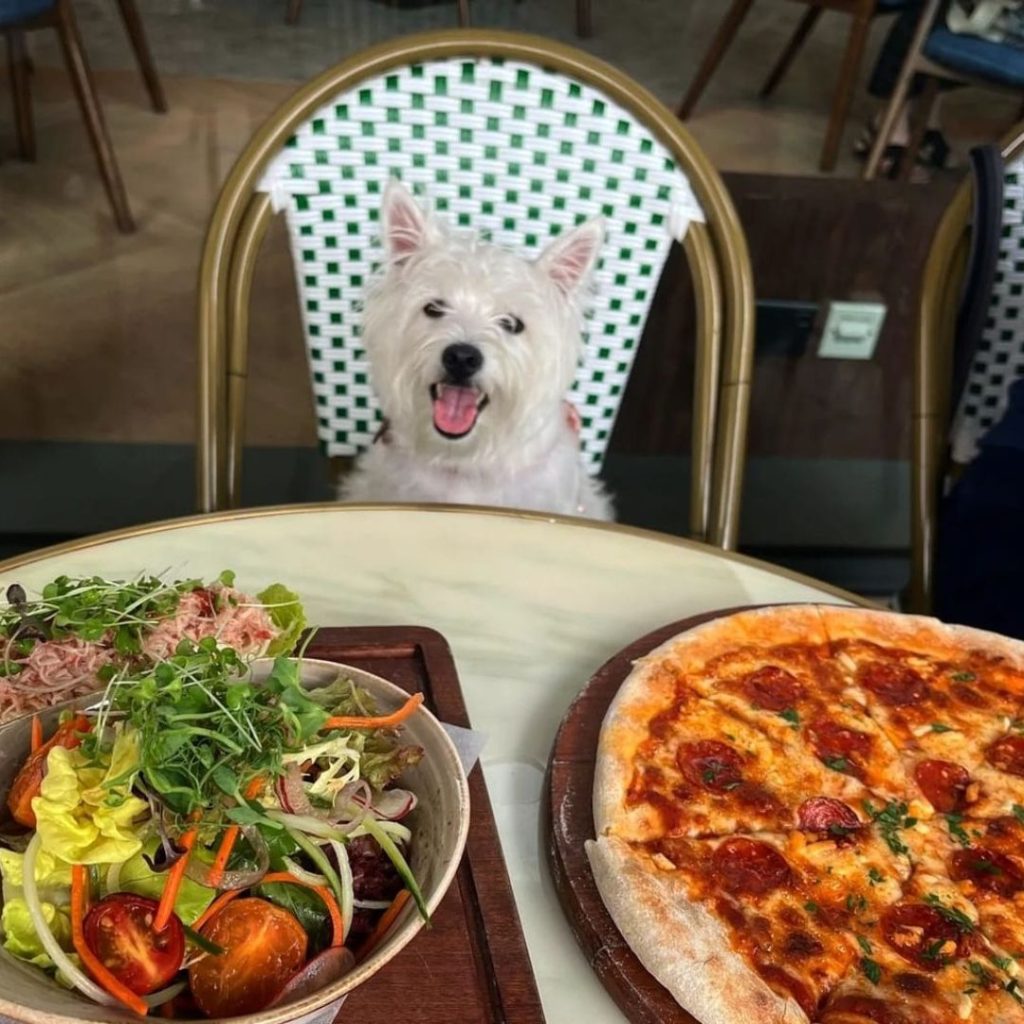
The latter is a habit that mustn’t be encouraged. You want your dog to only eat from its bowl and not go around sniffing and looking for food. This is easier said than done, though, so you need plenty of determination. And don’t give in when your dog starts acting cute!
#40 Forcing doggy friends
Although the majority of dogs want to be friends with fellow dogs, some don’t even want to bother, and this is perfectly fine. What’s not fine is forcing friendships with other dogs. Instead of forcing your dog, what you should do is built up their confidence.
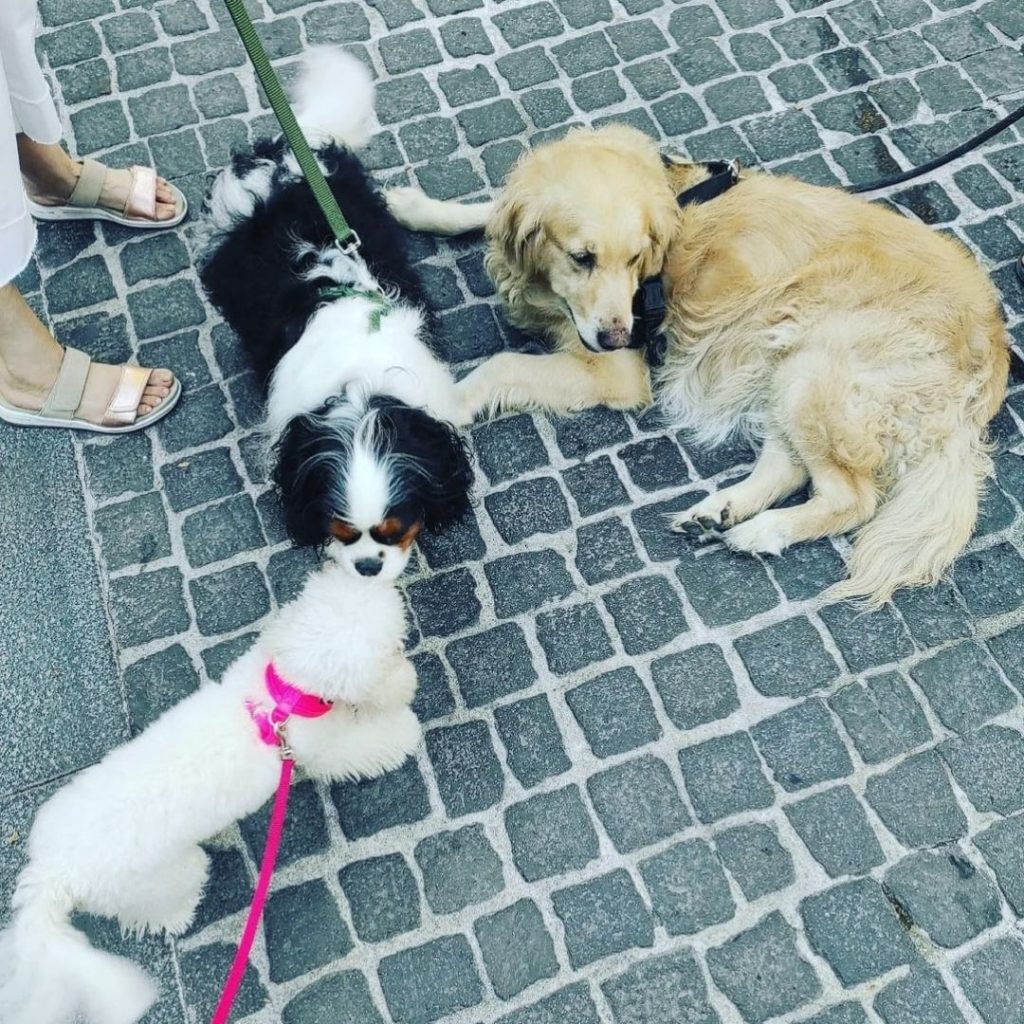
Dogs with social anxiety are most likely to hide behind their owners, and they become so nervous in social situations that they may pee or poop randomly. Remain calm when introducing your dog to another dog, and never force contact. Also, don’t forget to reward calm behavior.
#41 Sweet but shy
We already mentioned that your dog may occasionally sleep in the fox sleeping position if he/she is cold. However, did you also know that if that is its go-to position, it could mean that it has a sweet but shy personality? Just when you thought it couldn’t be cuter!

According to experts, dogs that often sleep like this are often shy around new people. That said, they love snuggling with their owners despite this stiff and seemingly uncomfortable posture. So, if you notice your little buddy prefers sleeping like this, it’s not that they’re closing themselves off. It’s quite the opposite!
#42 Sitting on your lap
If you’re a girl, you probably love sitting on your man’s lap. There’s just something about it that makes you feel closer to them. Turns out, that sentiment is shared across the canine universe. Though not all dogs do this, many of them love to do it.
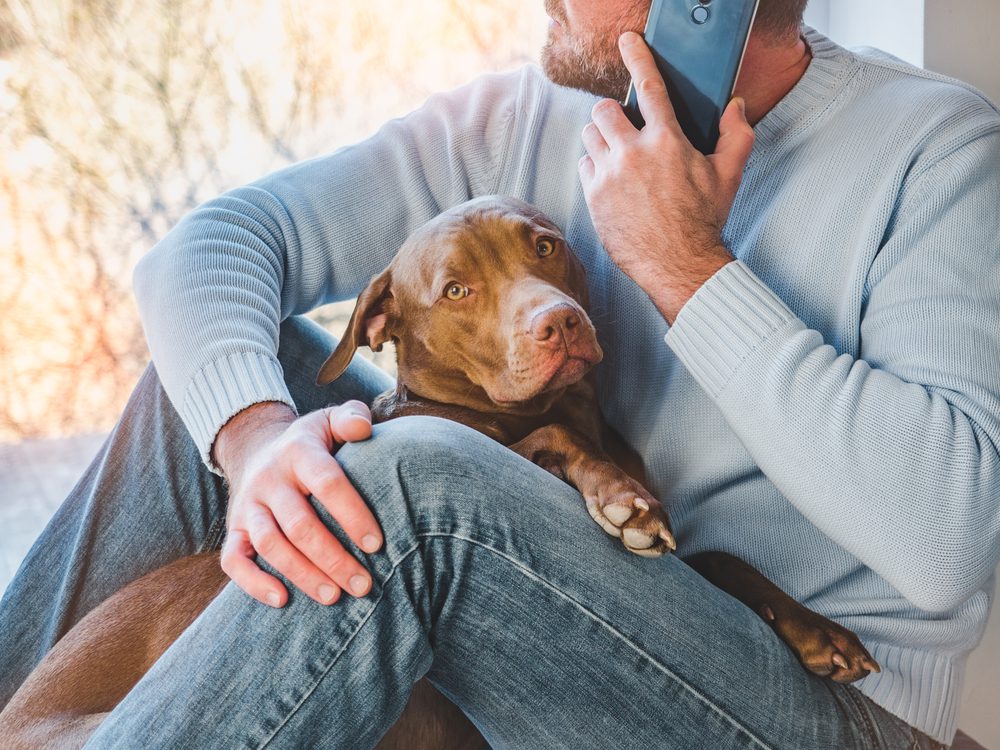
When your dog sits on your lap, it could mean that he/she either wants your attention or simply wants to feel closer to you. They often see their owners as part of their pack, so they come close to seek warmth and company. Additionally, it could be that they’re feeling insecure and need reassurance.
